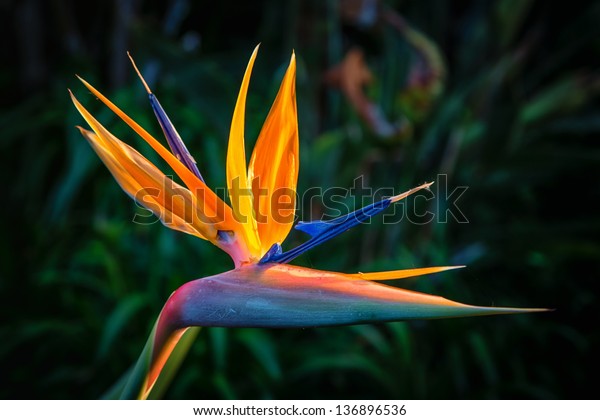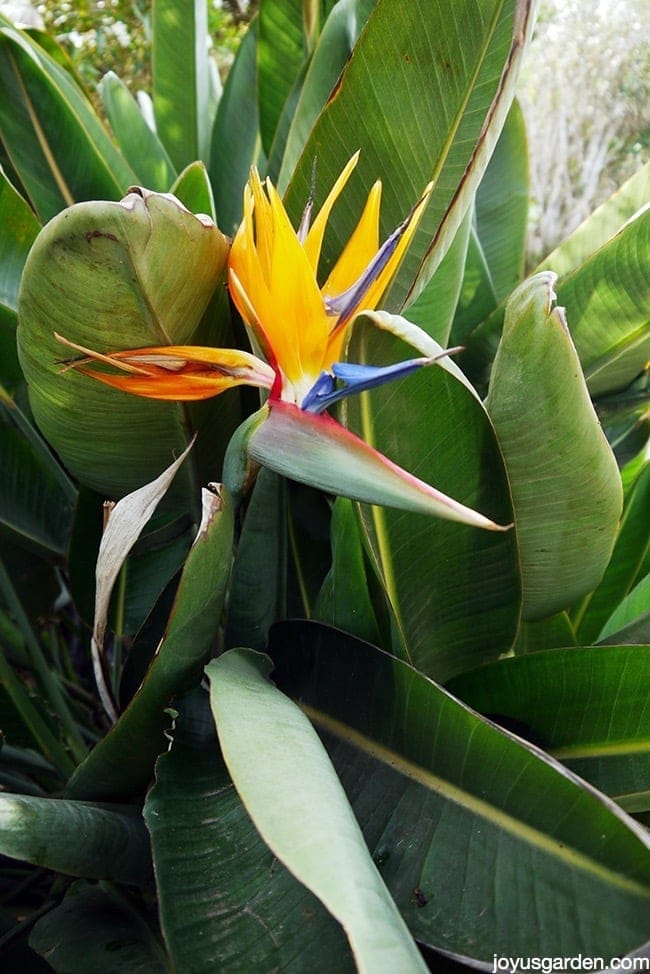
Strelitzia nicolai is among the few plants which have been verified to contain the pigment bilirubin, which is usually found in animals. Flowers are followed by triangular seed capsules.

The entire flower can be as much as 18 cm (7.1 in) high by 45 cm (18 in) long, and is typically held just above the point where the leaf fan emerges from the stem. The inflorescence is composed of a dark blue bract, white sepals and a bluish-purple "tongue". The 1.8 m (5 ft 11 in)-long leaves are grey-green and arranged like a fan at the top of the stems, similar to Ravenala madagascariensis. Strelitzia nicolai, commonly known as the wild banana or giant white bird of paradise, is a species of banana-like plants with erect woody stems reaching a height of 7–8 m (23–26 ft), and the clumps formed can spread as far as 3.5 m (11 ft).

These plants, indigenous to warm, humid areas of South Africa, can be grown as outdoor perennials in USDA cold hardiness zones 9–11 or as houseplants elsewhere.Īn entirely different genus, Caesalpinia, includes a number of broad-leaved evergreen trees and shrubs that also carry the common name "bird of paradise." The shape of these plants and the appearance of their flowers is starkly different than Strelitzia species. If you know the bird of paradise mainly as a florist's flower, you're probably thinking of the Strelitzia genus. One type of bird of paradise plant is a low-growing jungle plant with unique exotic flowers, a relative of the banana plant, while the other type is a member of the pea family, a thorny shrub or tree that loves desert environments. Species from two entirely different plant genera share this common name, and that's almost the only thing similar about them. Very different species of plants can sometimes share the same common name, and nowhere is this more true than with the flowering plants known as bird of paradise.


 0 kommentar(er)
0 kommentar(er)
